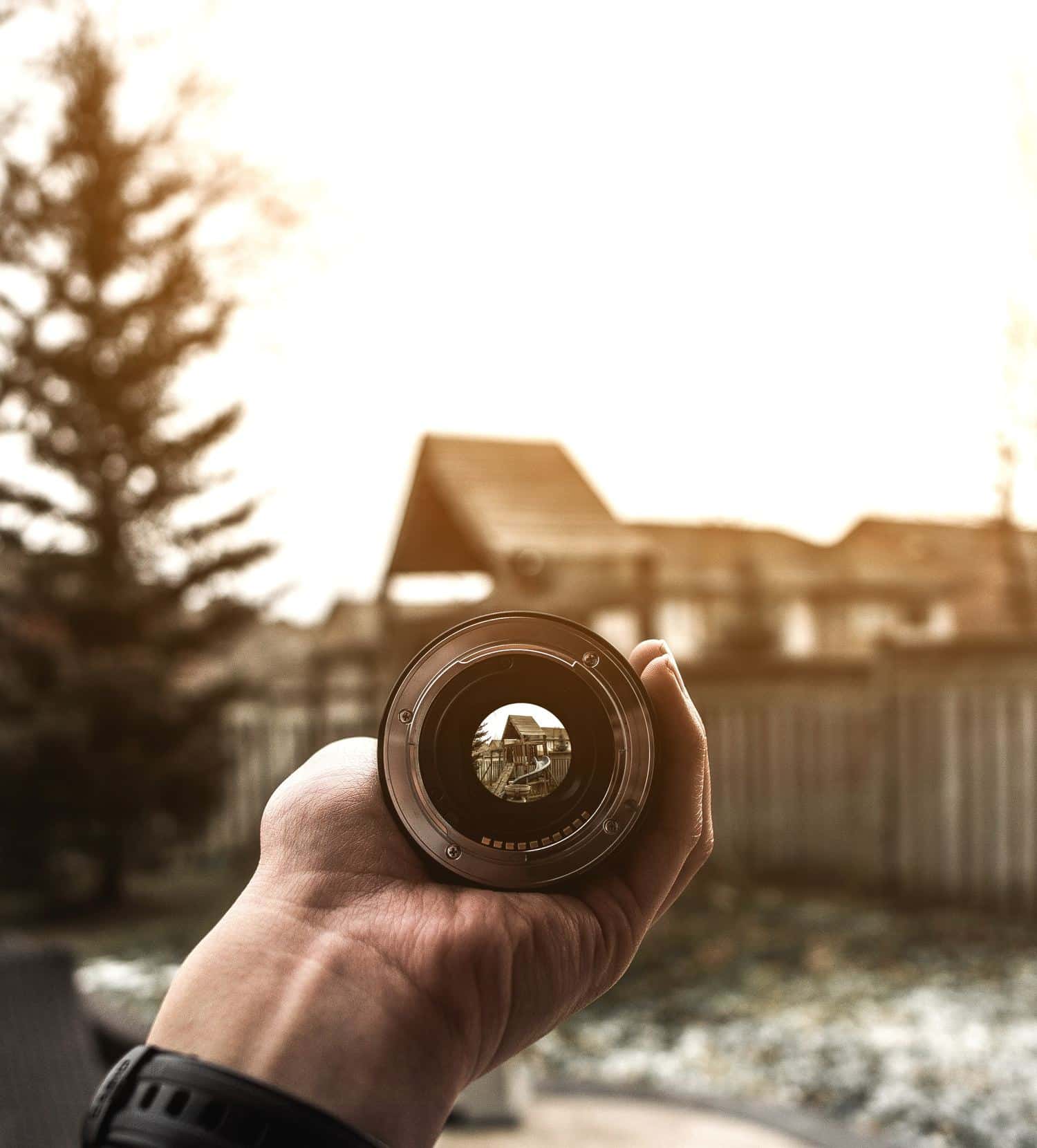When we buy a good objective we expect from him, above all, a lot of sharpness . But it is necessary to know that no matter how clear an objective is, if we do not use it correctly, we will not obtain that maximum degree of sharpness that it is capable of reaching (using its sweet spot).
It is very possible that at this point, if you have decided to invest in a good, new, or second-hand objective , you may have felt somewhat frustrated with its results. That is, surely the thing has improved substantially, but perhaps not as much as you expected, is it possible? Especially if you have done with a good optics, very bright and enjoy infinitely blurring to the fullest, experimenting with its maximum aperture of the diagram and its very narrow depth of field.
THE SHARPEST POINT OF YOUR LENS
The sharpest point of your lens (or sweet spot ) is the point where the optical work is optimal and where it responds best, reducing aberrations and providing greater definition. Knowing the sharpest point of your lens will help you whatever your optics. Be this the wonderful king of objectives (100% recommended) or the objective of the kit . No matter how good or not your goal is good. The important thing is to know how to squeeze your possibilities to the maximum.FIND THE SWEET SPOT
The sweet spot or sharpest point of the lens is in the intermediate diaphragm openings, never at the ends. It is usually said to be approximately two or three steps above the maximum aperture of your target. That is, if you have an aperture objective f / 1.4, it is possible that the sweet spot of your objective is approximately between f / 2.8 of / 4. Or, if for example you have a somewhat less luminous type f / 4 lens, the sweet spot of your target will be around af / 8 of / 11. While this calculation is not an exact science and depends on each objective, the sweet spot can be known specifically and really in 3 ways:- Specifications of the objective: it is possible that in some specifications it comes detailed, but it is unusual.
- Through the pages Dpreview and The digital picture : you can check if your objective in question has been reviewed. If so, you can see the analysis (in English) of sharpness it offers.
- Empirical analysis: or what is the same, find out for yourself. For all those who do not find the sweet spot of their goal with the two options above and / or who like doing things personally ;-).
HOW TO FIND OUT?
It is much simpler than it seems, don't worry. Besides, there are few things more pleasant than the satisfaction of doing things yourself, don't you think?- Find a fund that contains only one plane and is static ...
- But that, at the same time, is easy to focus.
- Try not to change the ambient light.
- Once the reason for the image is decided, place the camera on the tripod and focus.
- Once focused correctly, turn off autofocus and set it to manual.
- Or if not, you should check that the focus is exactly the same for each shot, so you don't confuse a failed focus, with a lack of sharpness.
- Prepare the remote trigger if you have one.
- If not, use the camera's self-timer.
- Set the camera to manual and go adjusting the aperture in each shot. Do it in order, for example, from more diaphragm opening to less. Step by Step.
- If you don't see it clearly, set the camera to open priority. Thus the camera will be in charge of modifying the shutter speed for each shot.
- Once all the photos have been taken, pass them to your editor and expand a detail of the image to 100%. What is the winning image? Well there you have the sweet spot of your goal.


